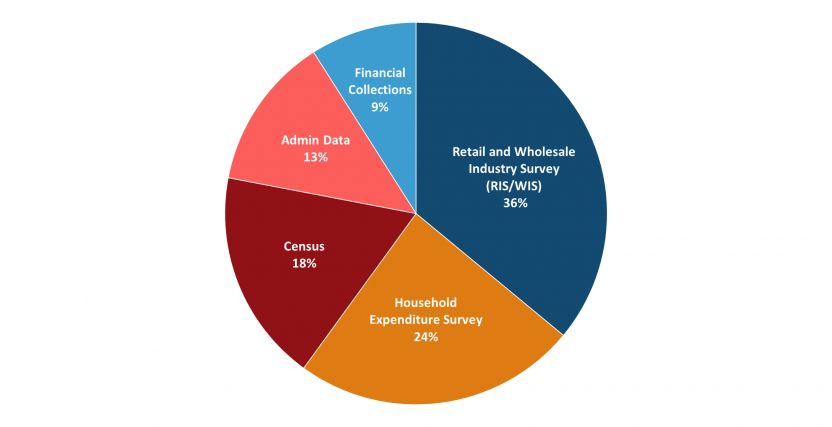Following an internal review of Household Final Consumption Expenditure (HFCE) the ABS received Government funding to enhance the quality of National Accounts HFCE estimates with a focus on using more alternative data sources in the compilation of HFCE.
In recent years, there have been rapid advancements in the availability of new data sources. Transaction level data sets are becoming increasingly common in Australia and around the world. These datasets offer enormous benefits for National Statistical Offices (NSOs) due to their high frequency, coverage and granularity. These datasets have the potential to reduce collection costs and the reporting burden placed on households and businesses. The use of these datasets in the compilation of HFCE offers significant advantages over existing sources and can enhance the quality of HFCE estimates.

